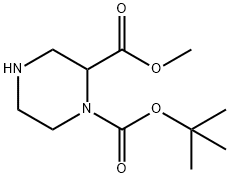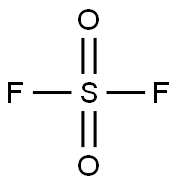Fumigants
Fumigant, also known as fumigation pesticides, is a chemical which is easy to become vapor under normal temperature and pressure, the vapor will kill the pests and harmful bacteria. The vapor generally enters the body through the pest's respiratory system or skin. The fumigant used to prevent various pests lurking in the houses, warehouses, aircraft, cars, ships, agriculture, smoked to kill pests, mites and bacteria of seeds, grain, fruit trees, seedlings, can also be used as soil disinfection. When killing the insects, toxic gases emitted by fumigant are mixed in the air, reach a certain concentration, cause poisoning and death into the internal organization by the respiratory system of the pests after a certain period of time. As the gas molecules have great activity, therefore, the physical properties of the penetration and diffusion force is also large, they can penetrate into any gap in the shortest time to achieve the highest insecticidal effect. In the process of fumigation, the gas molecules are often weakened by the influence of other factors, these factors include physical and chemical properties of the fumigant itself (such as vapor pressure, osmotic pressure, molecular diffusion force, concentration, airtight degree of fumigation chamber, sorption (the absorption and adhesion properties) of gas for fumigation object, the distribution of gas in the fumigation space, the length of fumigation time, the level of temperature and humidity, as well as carbon dioxide and oxygen content.
Most of the fumigant is liquid, according to chemical composition can be divided into halides (the largest number), cyanide, phosphide and other. The main varieties are bromocarban, carbon tetrachloride, Cl3NO2, 1, 2-dichloroethane, hydrogen cyanide, acrylonitrile, aluminum phosphide, methyl formate, ethylene oxide, naphthalene and camphor, etc. Among them, methyl bromide, ethylene oxide, methyl formate with low boiling point, high pressure steam under normal temperature. After moisture absorption of aluminum phosphide, hydrolysis and release of phosphine, they have a good insecticidal, bactericidal effect, is commonly used fumigant. Only when the fumigant concentration is greater than the lethal concentration of pests in the air, can play a toxic effect. Therefore, the fumigant is usually applied in a confined space with a certain temperature, such as the prevention and control variety pests and bacteria of granaries, warehouses, warehouses, greenhouse vegetables or vehicles and ships, The fumigation agent is used for the fumigation of insect pests of seds, fruit trees, seedlings, etc. in agriculture. And fumigant also used for soil disinfection. The toxicity of many fumigants is great on human, animal, dibromoethane has been banned is a strong carcinogen. Therefore, we must pay attention to the protection, to prevent poisoning in the use of fumigants.
- Structure:

- Chemical Name:DL-Camphor
- CAS:21368-68-3
- MF:C10H16O
- Structure:

- Chemical Name:Piperonyl butoxide
- CAS:51-03-6
- MF:C19H30O5
- Structure:

- Chemical Name:Methyl formate
- CAS:107-31-3
- MF:C2H4O2
- Structure:

- Chemical Name:N-Boc-piperazine-2-carboxylic acid methyl ester
- CAS:129799-15-1
- MF:C11H20N2O4
- Structure:

- Chemical Name:HYDROGEN CYANIDE
- CAS:74-90-8
- MF:CHN
- Structure:

- Chemical Name:SULFURYL FLUORIDE
- CAS:2699-79-8
- MF:F2O2S